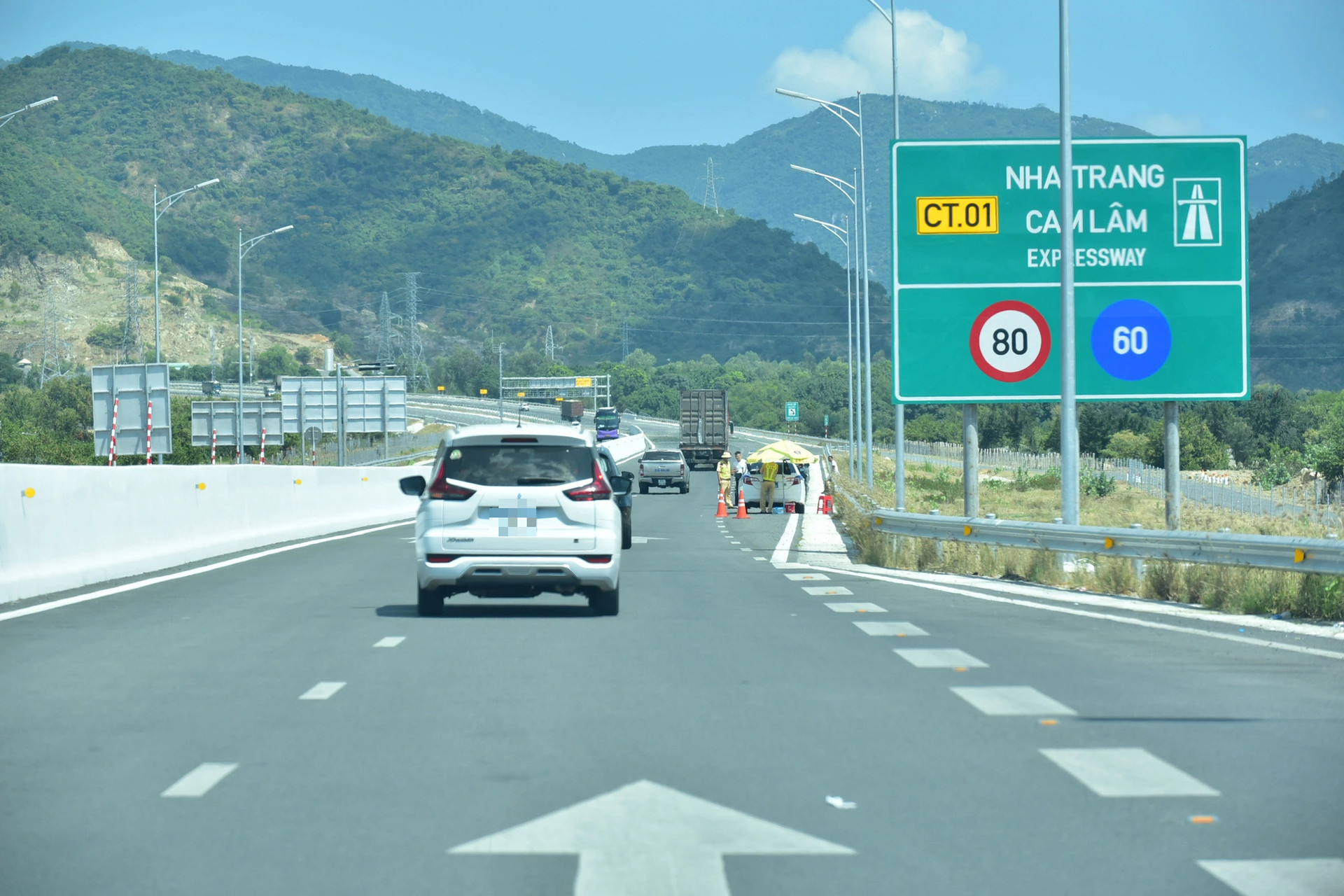
The Ministry of Transport has just issued Circular No. 05/2024/TT-BGTVT amending a number of circulars on road transport, road transport support services, vehicles and drivers.
In particular, there are some notable changes in driver training from June 1, 2024.
Get online theory training
The new regulation allows driving theory learning to be conducted in one of the following forms: (1) centralized at a training facility, (2) centralized at a training facility combined with distance learning, self-study with guidance, and (3) distance learning, self-study with guidance. Distance learning, self-study with guidance is an asynchronous online training method.
The online driver training program and curriculum are adjusted by the training facility to suit the learner's ability, training form, training time and are decided by the head.
To conduct online training, there must be a program, curriculum, learning materials, training management system, and training regulations according to the regulations of the Ministry of Labor, War Invalids and Social Affairs .
In particular, subjects such as structure and common repair, fire prevention and fighting skills, rescue, and driving techniques must be studied centrally at the training facility. Unlike the present, structure and common repair of class B are self-taught.
Abandon the framework curriculum and build your own detailed course curriculum.
The concept of "framework curriculum" used from 2018 to present has also been abandoned, replaced by framework curriculum and program. However, the purpose and requirements of the subjects are still retained instead of the goals or output standards like vocationaleducation .
The detailed content of the subjects is the responsibility of the head of the driving training facility to organize, approve and put into training, based on the "driving training program" and "driving training framework program".
On that basis, the curriculum will also be selected by the training institution or "compiled, appraised and issued according to the provisions of the law on vocational education" in accordance with the driver training framework program.
Add subject
A notable change is the addition of a subject on fire prevention, fire fighting and rescue skills, increasing the number of driving theory subjects from 5 to 6 in Appendix XXI of the circular.
The main contents of this course include:
Overview of the fire and explosion situation in the country and the area in recent years. With specific data to prove it. Analysis of the causes of fire and explosion and lessons learned from major fires.
Knowledge of legal documents on fire prevention and fighting. The explosive properties and dangers of common explosives such as gasoline, oil, liquefied gas, etc.
Substances commonly used to extinguish fires. Fire prevention and fighting measures. Fire fighting procedures at a fire, measures, tactics, fire fighting techniques.
Instructions on how to use, inspect and maintain simple fire fighting equipment commonly equipped by businesses and establishments. Practice fire fighting with portable fire extinguishers.
The subject "traffic ethics, culture and prevention of harmful effects of alcohol and beer when participating in traffic" has been shortened to "driver ethics and traffic culture" as before.
However, Clause 8, Article 4 of the Circular only stipulates 5 theoretical subjects, including "traffic ethics, culture and prevention of harmful effects of alcohol and beer when participating in traffic; fire prevention, fire fighting and rescue skills (4 hours)" with a duration of 14 hours for B1 and 20 hours for B2, C.
Reduce subject tests, consider graduation instead of end-of-course tests
Even though you study 5 or 6 theory subjects, there will no longer be a separate end-of-course test for each subject. Instead, there will be a "test at the end of the theory subject according to a set of theoretical examination questions (the content of the set of questions includes the subjects: road traffic law; structure and common repair; transportation operations; ethics, traffic culture, prevention of harmful effects of alcohol and beer and fire prevention, rescue and first aid when participating in traffic) and simulated traffic situations".
And "test at the end of the practical driving course with sequential tests, reverse and forward and reverse driving and road driving".
The content of this test is completely the same as the driving license test, except for the zigzag forward and backward test which is not included in the test.
The final exam of the course includes "road traffic law subject according to the theoretical test questions; driving practice with continuous tests, zigzag forward and backward test and driving on the road" is also no longer available. Instead, it is considered to issue a primary vocational certificate or a training certificate to students who have passed the theoretical and practical tests.
This change is in accordance with the law on vocational education.
TH (according to Tuoi Tre)Source








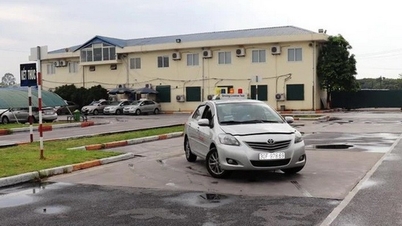


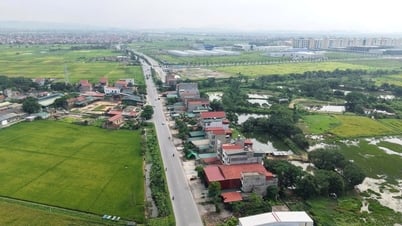


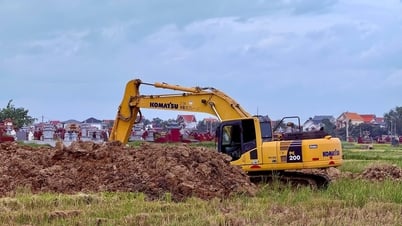




































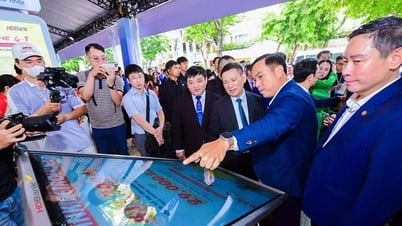
















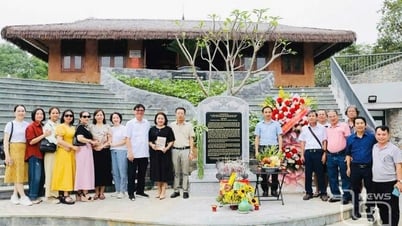



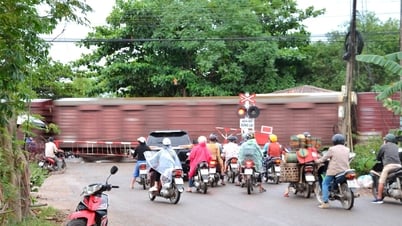

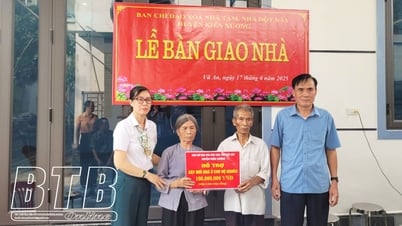

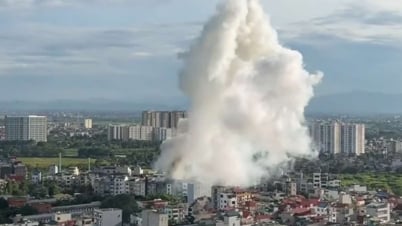

















Comment (0)